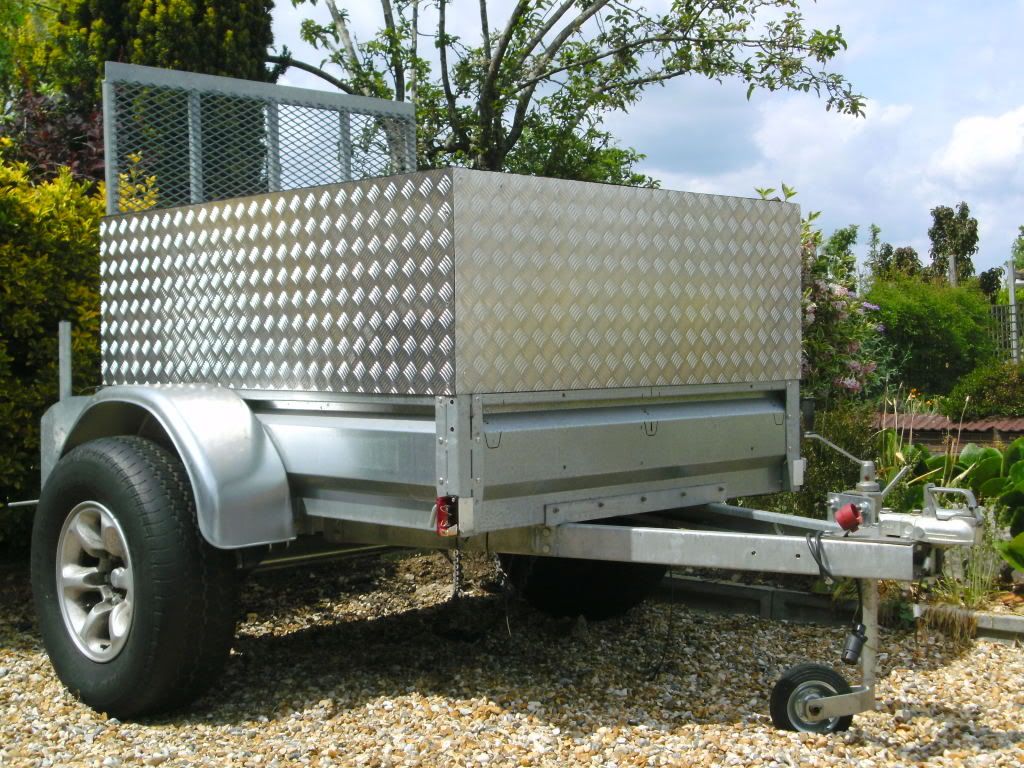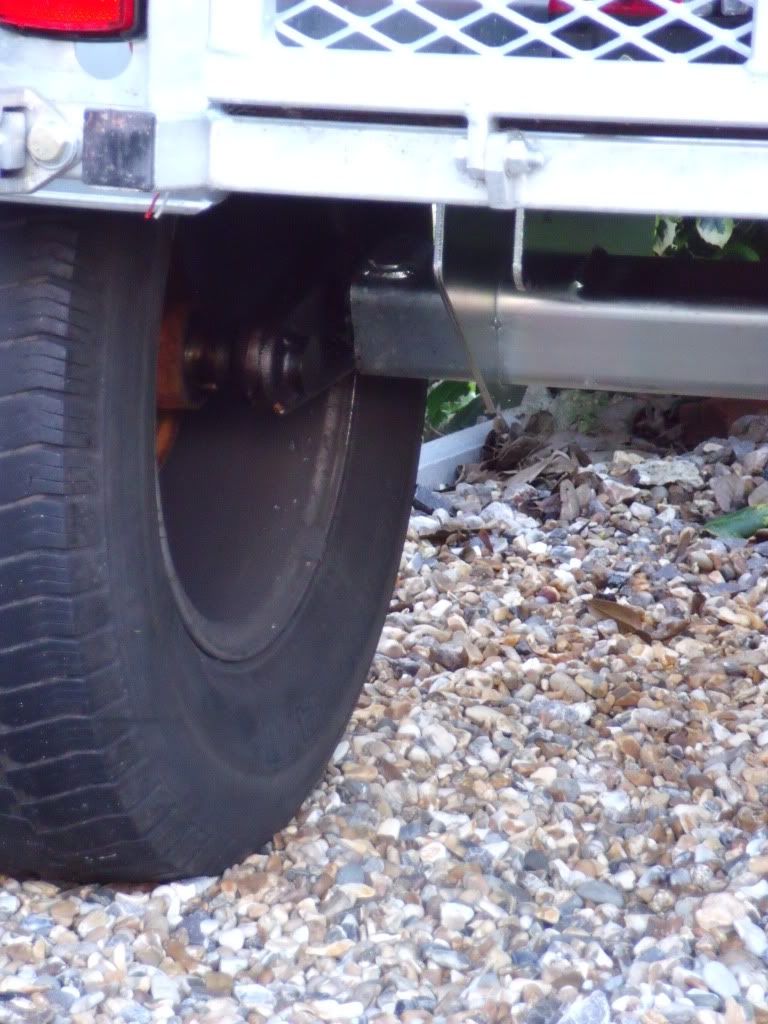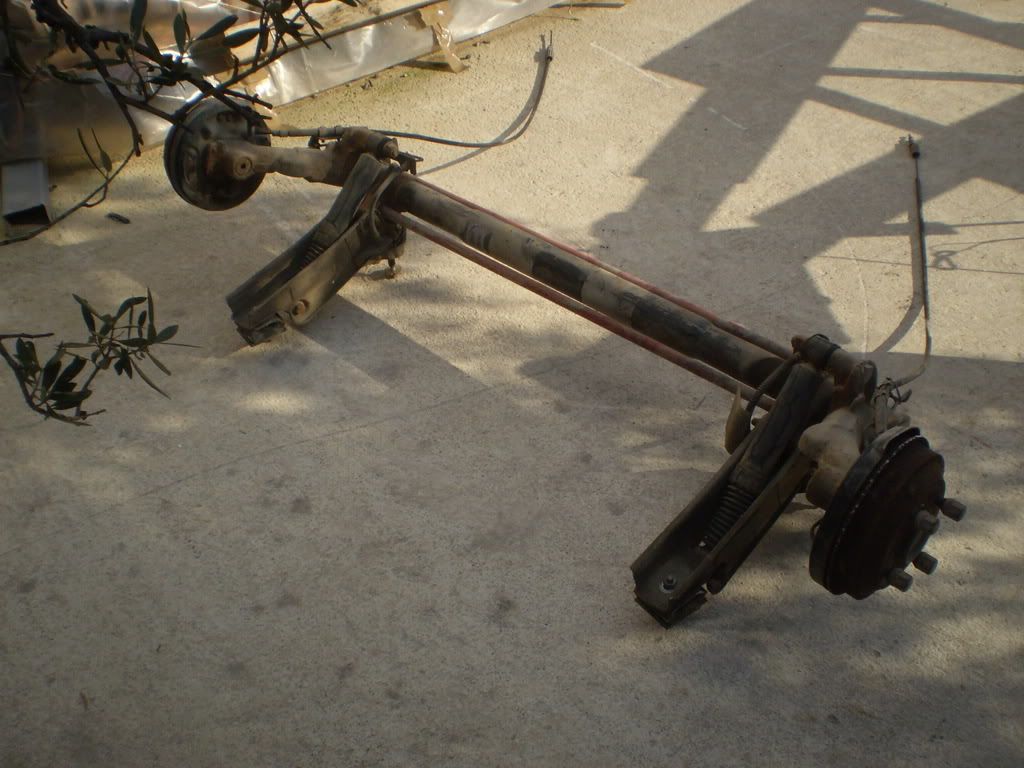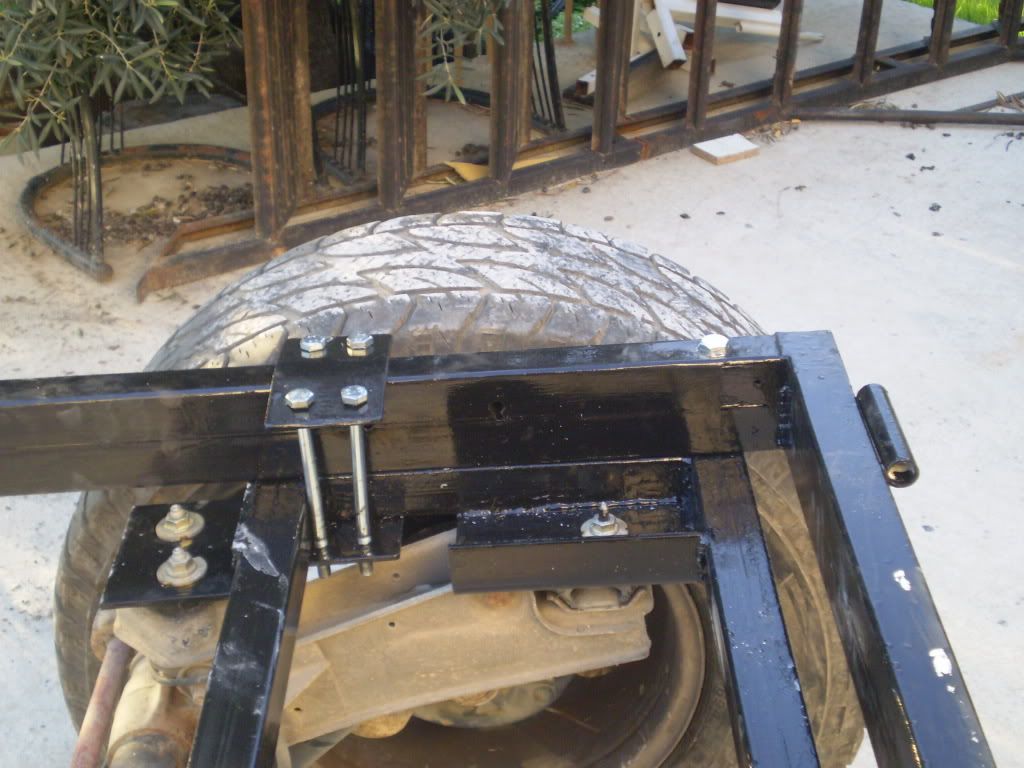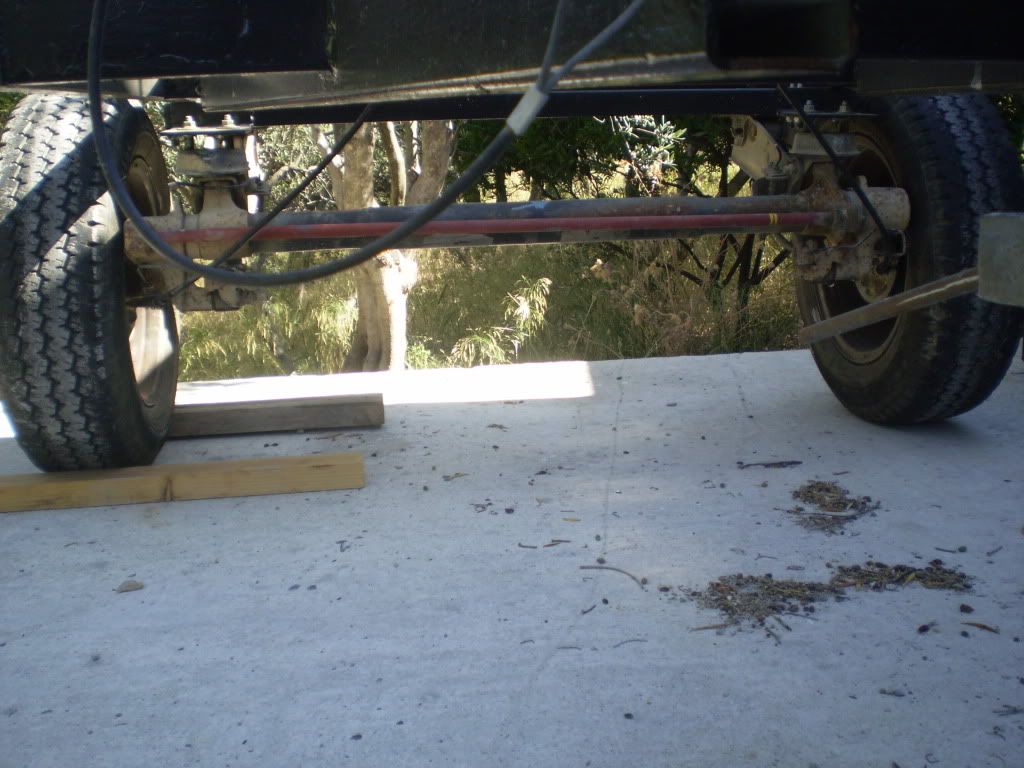jeep4x4greg
Observer
Hi all,
I'm new to the forum. I was wondering if someone could point me toward some good axles for consideration in my trailer project. I'm not sure if I should go with a tube axle with leaf springs, or if I should get the torsion style that attach directly to the frame with no typical springs.
the trailer will be about 4.5x8.5ft enclosed like a camper but will do double duty when I need to haul the riding mower, sheets of plywood, lumber, etc.
I have found two leaf sprung options from Northern Tool....one is 2000lb, the other is a 3500lb. NT also has a few torsion axles but they seem to be all rated for 2000lb.....
It will get pulled behind my Subaru Forester until I get around to replacing the project Jeep I got rid of a while ago. It will see some mild terrain for now, but I want it to be rock-ready for when I get a new trail vehicle.
Let me know if there's a benefit for one or the other type of axle....I've never built a trailer but I've gotten some good inspiration on here and should be swell
thanks!
I'm new to the forum. I was wondering if someone could point me toward some good axles for consideration in my trailer project. I'm not sure if I should go with a tube axle with leaf springs, or if I should get the torsion style that attach directly to the frame with no typical springs.
the trailer will be about 4.5x8.5ft enclosed like a camper but will do double duty when I need to haul the riding mower, sheets of plywood, lumber, etc.
I have found two leaf sprung options from Northern Tool....one is 2000lb, the other is a 3500lb. NT also has a few torsion axles but they seem to be all rated for 2000lb.....
It will get pulled behind my Subaru Forester until I get around to replacing the project Jeep I got rid of a while ago. It will see some mild terrain for now, but I want it to be rock-ready for when I get a new trail vehicle.
Let me know if there's a benefit for one or the other type of axle....I've never built a trailer but I've gotten some good inspiration on here and should be swell
thanks!
Last edited:

